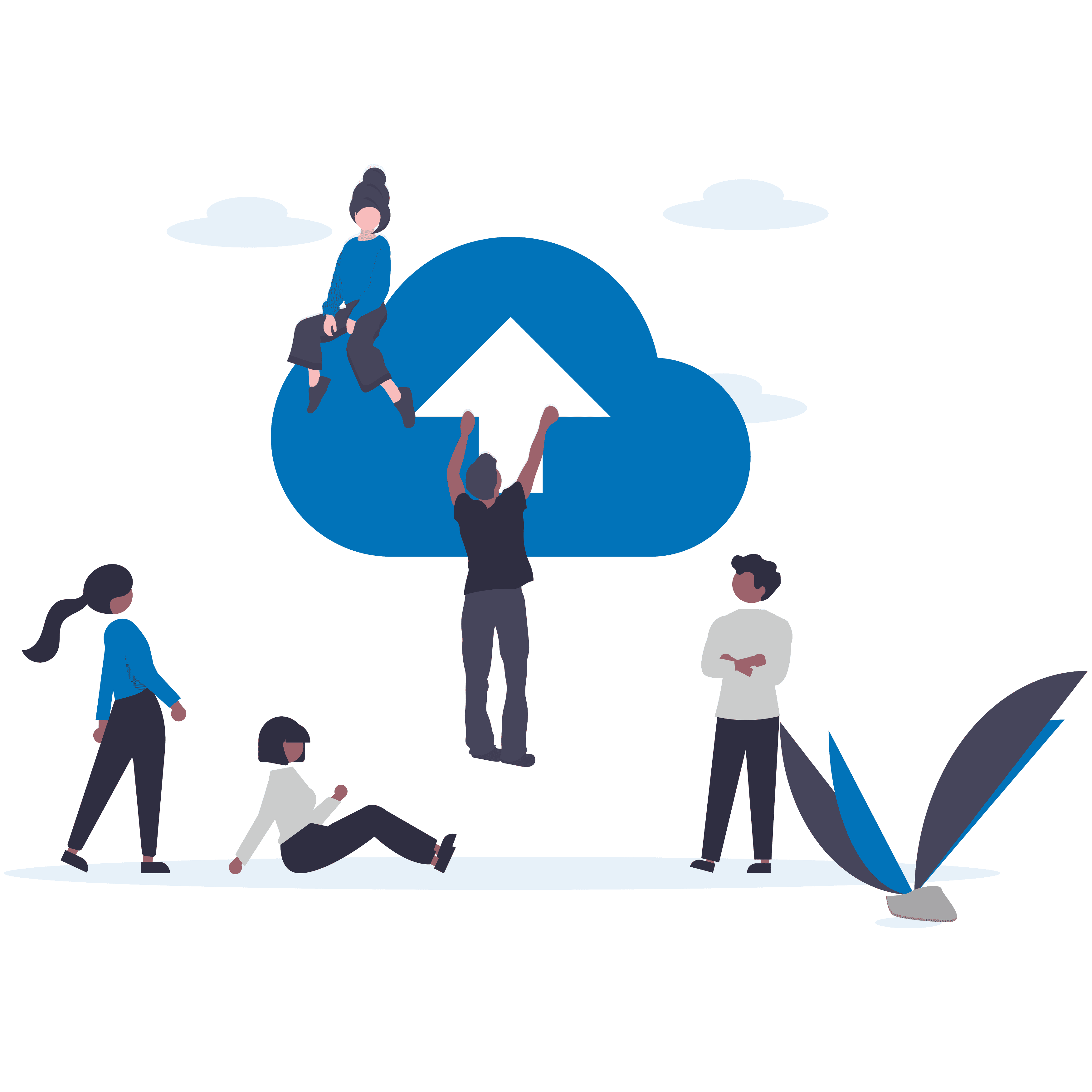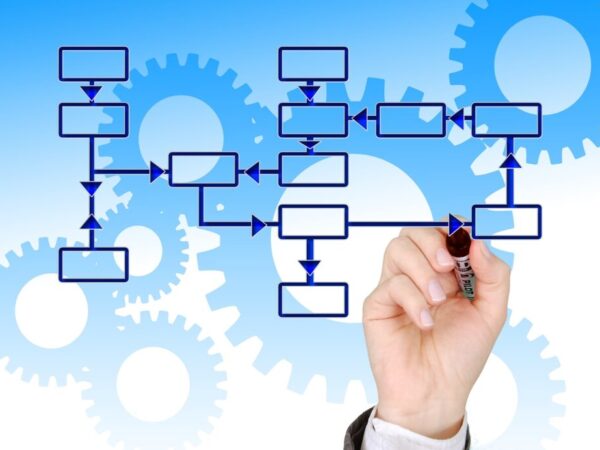An evolution of the Outsourcing Business model
GigsBoard is introducing a new Work performance framework to the world: Moving Outsourcing to the Cloud.
The previous part of this article had set the backdrop of how traditional Outsourcing operates, and can be accessed here.
This Blog post forms the third part of this article, and dives deeper into how Outsourcing via the Cloud can be better leveraged by smaller Businesses and niche Services Agencies to deliver better, faster, and more cost-effectively – truly democratizing the outsourcing business model.
An Infographic on Outsourcing via the Cloud is available here.
How is Outsourcing on the Cloud different from traditional Outsourcing?
Outsourcing via the Cloud opens up the industry to the smaller players on both sides (the Business customers and the Service providers) of the contract, improving the offerings & value proposition for both sides.
| Offering/ Value | Traditional Outsourcing model | Outsourcing via the Cloud model |
| Time to market savings | · Outsourcing vendor has to be engaged via the process flow of Float RFP → Receive Proposals → Compare & Shortlist → Negotiation → Contracting. · Data in the Proposals would need to be manually converted to perform an apples-to-apples comparison. · Overall time-to-contract would take a minimum of 3-6 months, and more for larger contracts. |
· Outsourcing vendors are all already part of the system, and the comparison data is already in place. · Hence, no data layout/formatting or content conversions needed for proposal comparisons. · The only lead time is attributable to the negotiation efforts, and Time-to-contract can be brought down to a matter of weeks. |
| Scope clarity & alignment of expectations | · Job Scope definitions are not structured. · Potential for significant rework as changes in solutioning drive up back & forth in solutioning → design → implementation → testing. |
· Job Scope definitions are structured, minimizing expectation mismatches. · Post contract signing, Job requirements are converted into technically implementable Component Requirements (Agile Epics & User stories) and qualified and quantified, to assure expectations alignment. · Definition of Acceptance criteria at Job Requirement and Technical component levels drive up clarity and alignment. · Definition of Dependencies at Requirements and Components levels will drive up alignment on the relative importance of components, further driving up expectation matching. · Cycle-based deliveries of components ensure that both sides are always aligned on the progress of project execution. |
| Project Cost savings | · Competitive bidding in the RFP/ Tendering process drives prices down for the Customers.
· Competition typically comprises of a similar grouping of competitors (all large, or all small, etc). This implies that the potential for savings is limited, for the Customer. |
· Competitive bidding in a leveled playing field – with both small and large Agencies/ firms – drives prices down for the Customers. · Progressive elaboration of scope ensures alignment between Customers & Delivery teams, assuring expectation alignment and minimizing rework. · Cycle-based deliveries of components ensure that both sides are always aligned on the progress of project execution, and further reducing rework impacts specially across multiple development stages (scoping / decomposing/ design/ development/ testing). |
| Improve Talent access | · The traditional RFP approach & manual comparison of Outsourcing vendors’ engagement limits the number of competitors. | · The cloud-based Outsourcing Vendor invitations & applications approach opens the competition to the entire world. · Niche agencies can collaborate with other agencies or freelancers to enhance their offerings and thus improve their individual competitive advantage, and compete with larger competitors on a level playing field. |
| Project control & Trust | · Additional tools can be added to the contract execution, for scope management, project planning, delivery & defect management, project invoicing & financials, performance management, etc.
· But this would necessitate integrating these tools, or porting data across the various tools, resulting in inefficiencies & lack of overall data integrity, transparency & control. |
· Agile-friendly Scope management is built into the model, assuring Job-level and deep-dive clarity in work scope. · Agile/ Scrum-based Project planning enables delivery in Cycles, and assures clear control across the the entire team. · Built-in Pay-as-you-Go mechanism, tied to the Cycle-based delivery model, drives trust in the system, for both the Customers and the Service providers. · Built-in Dashboards & Reports provide additional control mechanisms for the delivery team & customers. · Kanban Boards sit on top of the Agile system. This mechanism will be used for conducting & driving the Delivery teams’ Standup meetings, and thus would always contain the up-to-date information about the contract execution, and provide a single source of truth about the project execution to both sides. |
Word of caution
This model has been defined primarily keeping the Information technology industry in mind, given that a large part of Outsourcing happens there.
The model is however meant to be industry-agnostic, and will need to be evolved/ refined as we bring in other industries into the scope of this model.



